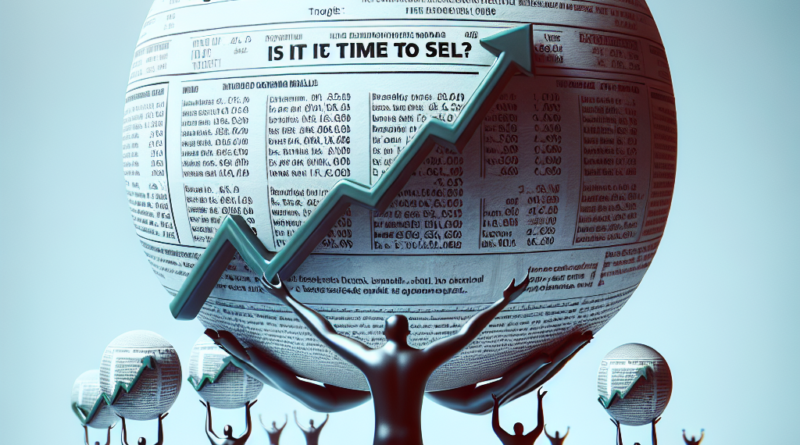Are High Yield Bonds Overvalued? Is it Time to Sell?
The Future of High Yield Bonds
High yield bonds, often referred to as “junk bonds” due to their high risk nature, have experienced significant growth in recent years.
This growth has been driven by expectations of interest rate cuts and a surprisingly low default rate among small cap companies.
However, with the current economic outlook deteriorating, is it reasonable to expect a new wave of price declines for these investment instruments?
What to Expect from High Yield Bonds
Currently, the economy is showing signs of weakness.
Unemployment, which has been steadily increasing over the past year, has reached around 4%, with indications that the labor market may further weaken.
Additionally, inflation rates remain stubbornly high, far from the Federal Reserve’s target.
During economic downturns, high yield bonds are particularly vulnerable.
Investors may become more pessimistic about the issuing companies’ ability to repay their debts, leading to a widening yield spread between HY bonds and Investment Grade bonds.
This means that investors would demand higher returns to compensate for perceived risk, lowering the price of these bonds.
Another concerning factor is the heavily inverted yield curve.
Under normal conditions, long-term interest rates are higher than short-term rates, reflecting increasing risk and uncertainty over time.
However, the yield curve is currently still inverted, with short-term rates exceeding long-term rates.
Therefore, not only does persistently high inflation discourage traders from pricing in potential rate cuts into bond prices, leading to yield declines, even if the institution were to cut rates, long-term rates may not benefit in prices due to the current instability of the curve: the market might prefer short-term options, as they carry excessively high yields.
This scenario would not bode well for high yield bonds.
Monitoring the Market with iShares Global High Yield Corp Bond UCITS
The iShares Global High Yield Corp Bond UCITS is often used as a gauge of overall performance in the HY segment.
The fund invests in a wide range of high-yield bonds issued by companies across various sectors.
If expectations of rate cuts fail to materialize or if the corporate default rate were to increase, we could see a significant outflow of capital from these instruments.
Investors, seeking safety, may prefer to seek refuge in less risky assets, such as investment-grade bonds or government securities, further exacerbating the decline in high yield bond prices.

